Language
- Deutsch
- English
- Español
- Français
- Italiano
- Nederlands
- Português
Currency
- AUD Australian Dollar
- CAD Canadian Dollar
- EUR Euro
- GBP Pound Sterling
- SGD Singapore Dollar
- USD US Dollar
- ZAR Rand

why go
Located in the northeastern sector of Namibia, the Caprivi Strip is a narrow strip of land tucked between Botswana, Angola, and Zambia. Often described as Namibia's answer to Botswana's Okavango Delta, the rivers, wetlands and forests of the Caprivi Strip supports a diverse range of animals that include several species such as hippo and buffalo that are absent from the country's more famous but far drier Etosha National Park.
Now known as the ‘Zambezi Region', this unique sector of Namibia offers superb safari experiences geared towards travellers with a spirit for adventure. Take note of the transient wildlife that drift back and forth between bordering countries and tick off up to 400 species of bird seen on land- and water-based safari excursions.
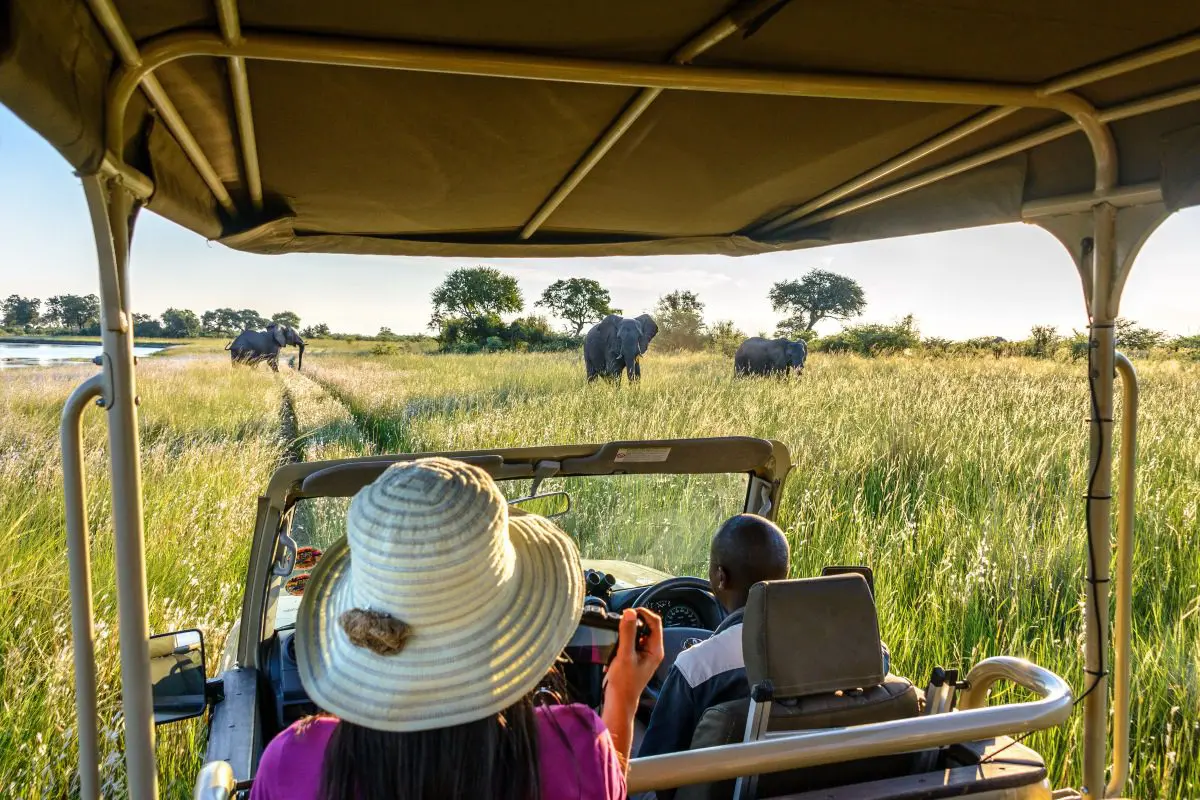
The short answer to ‘where is the Caprivi Strip?' is the northeast corner of Namibia, spanning about 450 kilometres (280 miles) spanning eastwards in a narrow strip. Its width varies from around 32 to 105 kilometres (20 to 65 miles) and enjoys a variety of landscapes throughout.
Named after a German Chancellor, Leo van Caprivi, who negotiated the land away from the United Kingdom in the late 1800's in exchange for Zanzibar. The real question then arises about the need for its creation, which boils down to access to the coast via the mighty Zambezi River. The Caprivi Strip was of vital military importance and used many times as a corridor to other territories during the following wars.
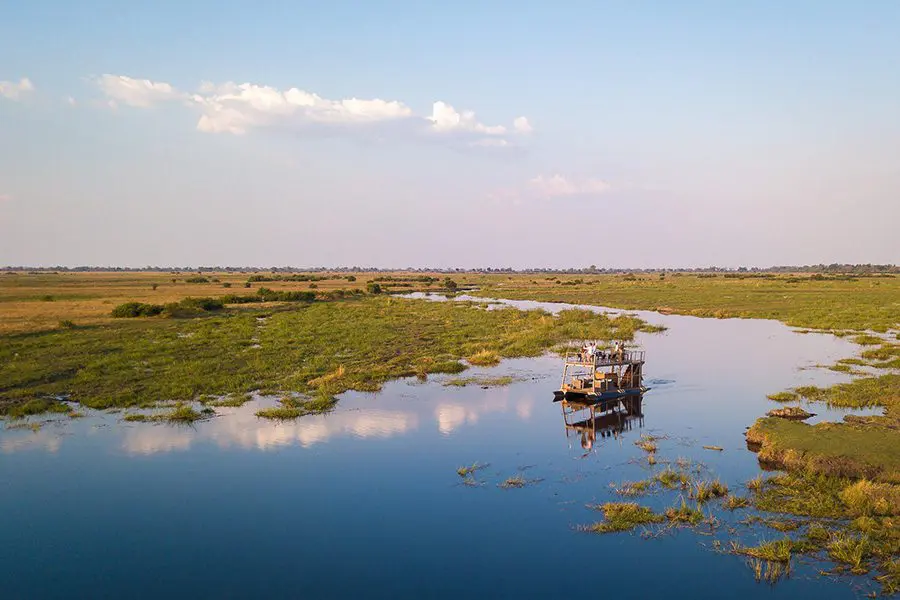
Forming a central point between various regions means the trip enjoys aspects from each and combines to make captivating landscapes that house a host of diverse wildlife and birdlife. Its more remote locale and more ‘rugged' nature, requiring 4×4 vehicles, mean the park receives less traffic, with visitors seldom seeing other safari-goers. From towering baobabs and flooded plains to riverine forests and dry woodlands, vast unspoilt vistas and an ‘off-the-beaten-track' adventure await.
Discover Namibia’s Top Destinations
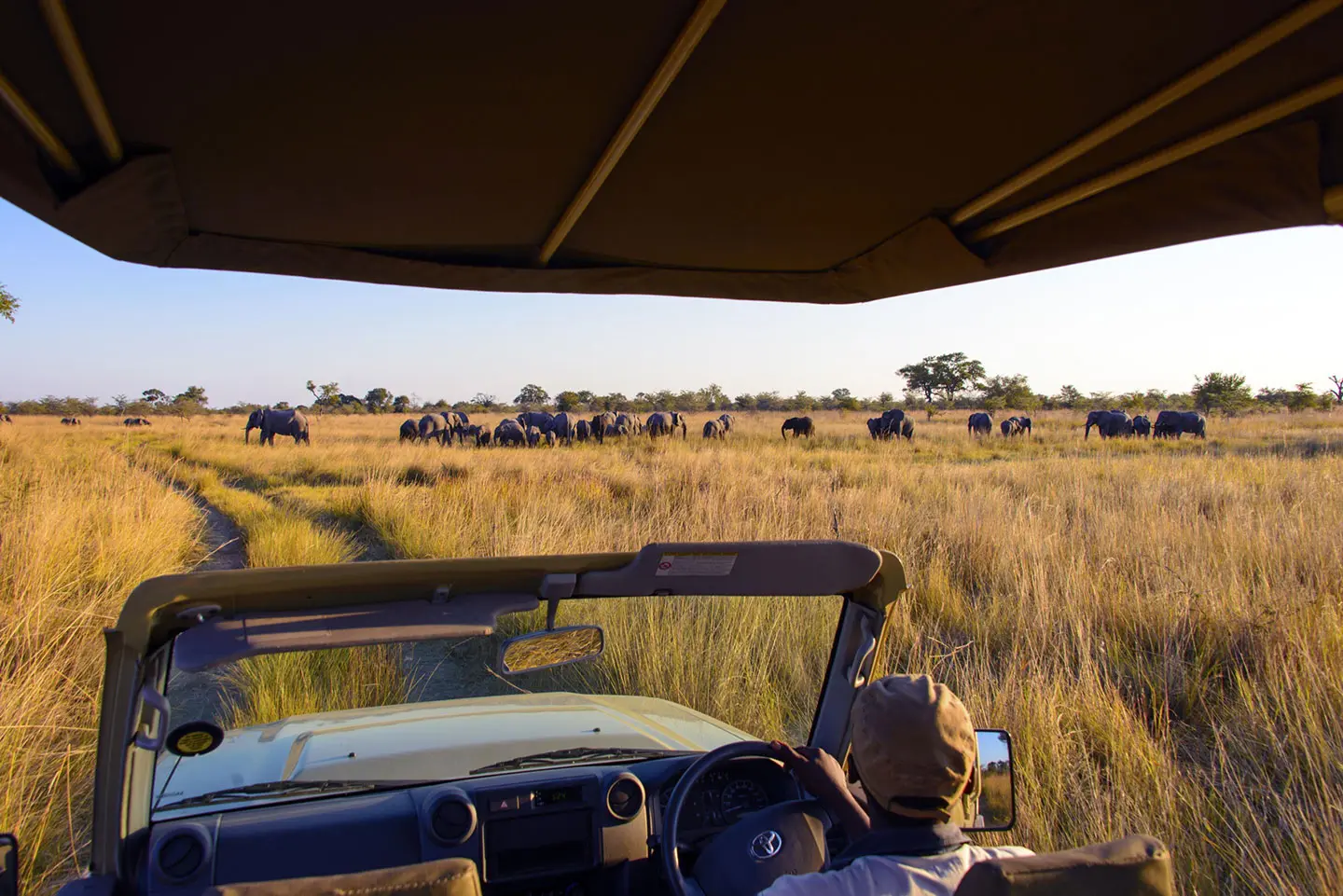
The area is home to a variety of small, but prolific, game reserves, as well as the better-known Caprivi Game Reserve. In addition to a handful of game reserves, further to the east, at the confluence of the Chobe and Zambezi Rivers, lies Impalila Island, a popular spot for canoeing, cruises, and spotting wildlife. A twitcher's paradise, Caprivi houses a vast array of aviary species, depending on the time of year. Explore the region and its resident Namibia wildlife on more traditional game drive or while cruising along the water – be it via canoe or boat – for a unique perspective and a chance to see even more species.
As far as Caprivi Strip safari experiences go, anticipate wonderful wildlife sightings in this diverse ecosystem, including African buffalo which are less common in Namibia. Keep an eye out for big game such as lions, leopards, and herds of elephants as well as rarer sightings such as African wild dog, tssessebe, sable, and roan antelope species. Other intriguing species in the area include monkeys, crocodiles, giraffe, hyena, and hippos.
Namibian Wildlife: What You'll See

With the convergence of several great rivers – Kwando, Chobe, Okavango, Linyanti, and Zambezi – the Caprivi Strip makes for a fantastic angling destination. With roughly 100 species of fish and a choice of freshwater angling and fly-fishing, there are ample opportunities to enjoy a fishing safari during your stay. Typically, the top ‘sporting fish' in the area is the Tiger Fish, which are found in the Zambezi or Okavango Rivers. Other notable species include the Nembwe, Three Spot Tilapa, Bream, and African Pike.
Ideal for the amateur and experienced fisherman, the tiger fishing excursions add an extra layer of excitement to any Caprivi safari. While on the water, cast an eye to the shores for any wildlife sightings along the way.
Speak To An Expert
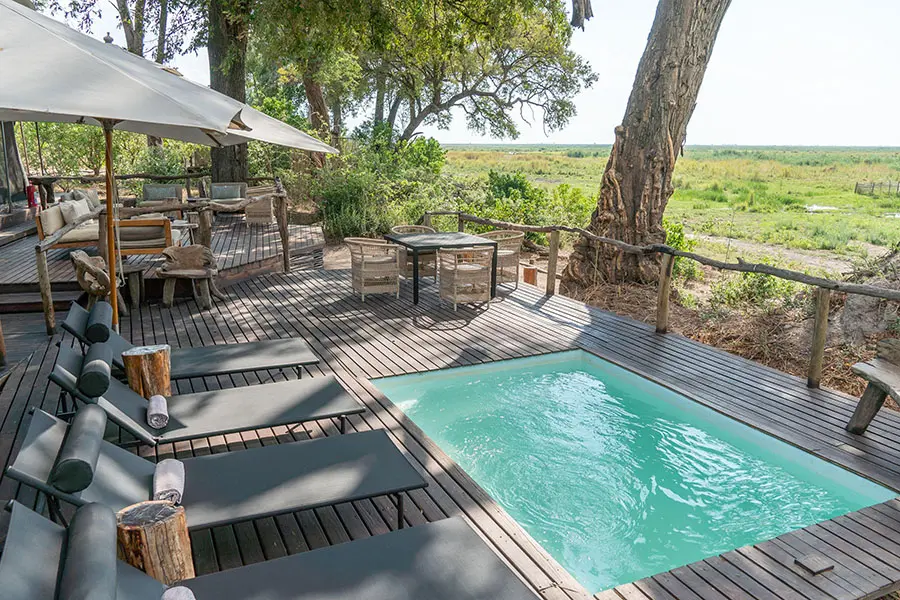
Caprivi Strip lodges not only vary in location, available activities, and accessibility, but also in luxuriousness – opt for ultra-luxe, opulent accommodations or select a more rustic, authentic African bush experience. Several camps and lodges welcome self-drivers while also offering various activities such as sunset cruises, boat excursions, game drives, guided walks, fishing, boma experiences, and more.
It’s important to note that some Caprivi Strip accommodation found on the banks of the Chobe River may need to be accessed via Botswana. Many of the lodges in Caprivi enjoy fantastic views and are ideal for a quintessential ‘armchair safari'. There is a large focus on conservation in the area with many of the properties implementing eco-friendly practices.
Namibia's Top Luxury Safari Camps & Lodges

Due to its unique location, the Caprivi Strip, or Zambezi Region, borders three countries; Botswana, Angola, and Zambia. Fortunately, this also means that its easily combined with not only those locations, but connected destinations too, such as Victoria Falls and Zimbabwe. It's also close enough to make South Africa a fairly simple stop – discover the vibrant Mother City, lauded Kruger National Park, or its more hidden gems.
Alternatively, venture further afield within the borders of Namibia and explore the likes of the Skeleton Coast. Explore a desolate destination filled with shipwrecks, spectacular contrasting landscapes, and fascinating desert-adapted wildlife. Other points of interest include the dunes at Sossusvlei, the petrified forest in Deadvlei, and the ghostly town of Kolmanskop. Don't forget other iconic wildlife destinations such as Etosha National Park. Consult our guide for more ideas on places to visit in Namibia.
Discover Namibian Tours
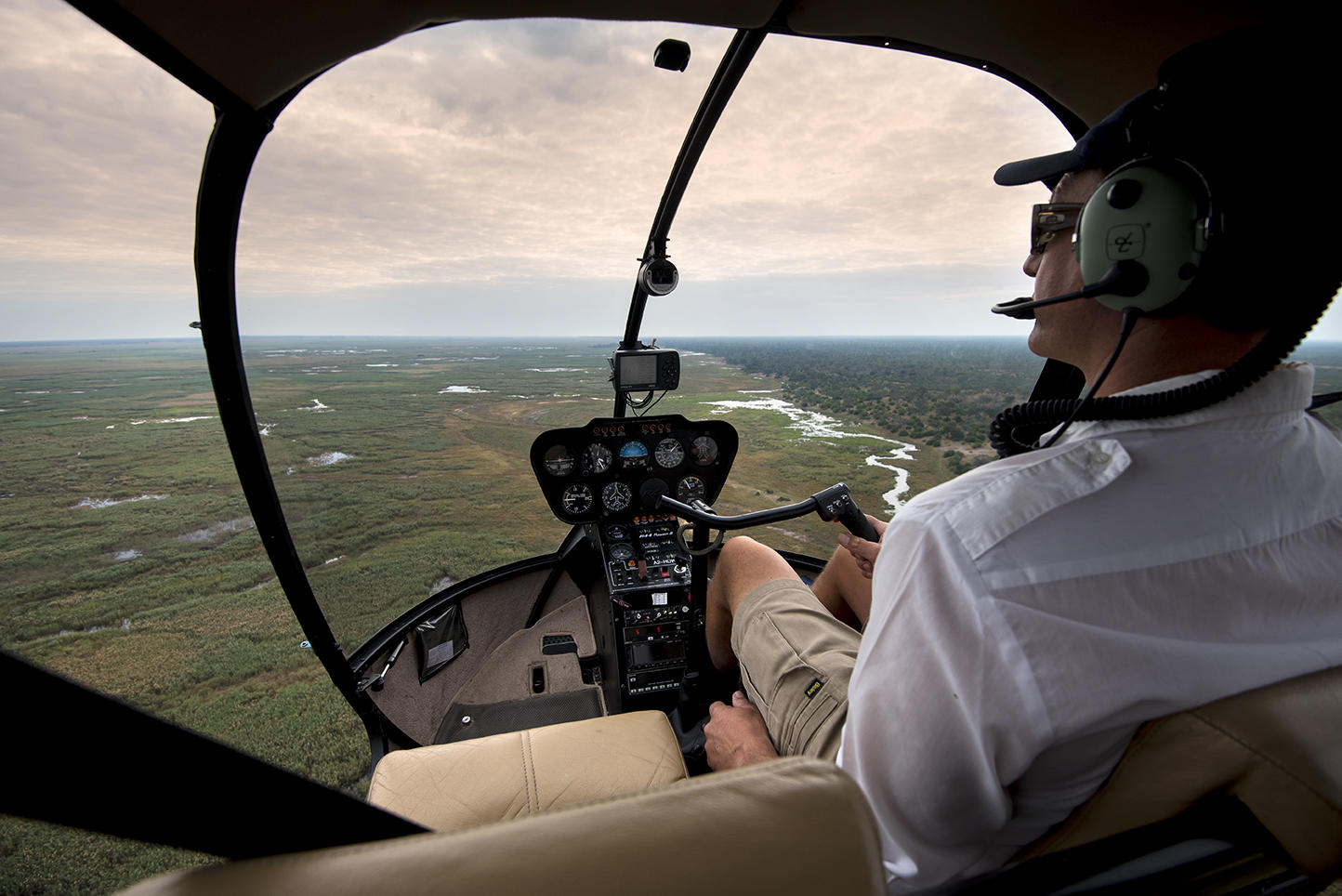
There are several options when deciding how to get to Caprivi, Namibia. Typically, visitors to Namibia will land at Hosea Kutako International Airport, Windhoek's major airport. From there, domestic flights are the way to go when accessing other regions. This remains a good option for those wishing to enjoy a self-drive with various stops away as the Caprivi Strip is roughly 1,200 kilometres from the capital of Windhoek.
The most direct approach involves landing in Windhoek and catching a flight to Katima Mulilo Airport in the heart of the Zambezi Region. Other options entail a flight into the town of Kasane, Botswana, which is driving distance, or flying into Victoria Falls, which lies a little further afield. Explore our top tips on travelling to Namibia.
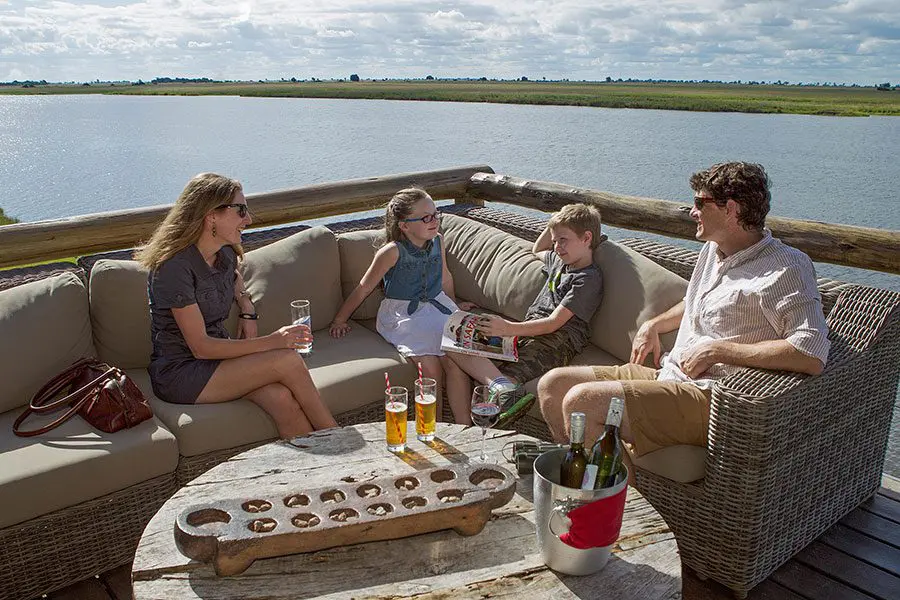
Choose your timing carefully: the Caprivi Strip receives heavy rains from December to March, and it's a region that best visited in the dry winter months between May and October when the risk of malaria is at its lowest. Bird watching is best in the November to April summer months while game viewing is best in the dry May to October winter season. Note that the late winter season – September and October – sees very high temperatures in Caprivi while mid-summer (January to February) often experiences torrential rain that may render much of the region inaccessible.
In the dry season, roads are more navigable, trails less likely to be flooded, and wildlife are easier to spot as the vegetation thins out. Consult our full guide on the best time to visit Namibia for in-depth insights.
Our Africa Safari Experts are always on hand to help you curate your next great adventure in Africa. Chat to one of them today and start planning your trip:
Speak To An ExpertBird watching
Mokoro rides
Sunset cruises and boating
Wildlife and safari